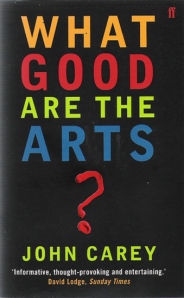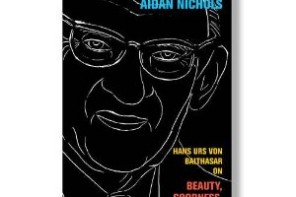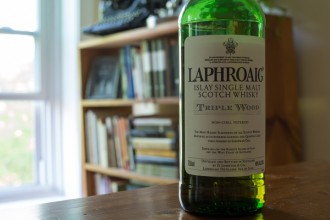 Review of Chapter 7 in What Good are the Arts? by John Carey. Transpositions has been hosting reviews of each chapter of this book from 28 March – 3 April 2011. For the full list of reviews across the week see here.
Review of Chapter 7 in What Good are the Arts? by John Carey. Transpositions has been hosting reviews of each chapter of this book from 28 March – 3 April 2011. For the full list of reviews across the week see here.
The final two chapters of Carey’s book present an argument for why literature should be considered superior to the other arts. As we saw in Somer Salomon’s post on Chapter 6, Carey argues that literature is superior because of its capacity to criticize and moralize. In his final chapter, Carey argues that literature is superior in the way that it appeals to the imagination and provides space for an interaction between the reader and the text through imagination (213). In this there is a kind of bargain made between the author and the reader:
Literature’s power to strengthen one’s sense of selfhood and individuality, some instances of which we have noted, depends, to a large extent, on this capacity to cultivate and enfranchise the reader’s private, individual imagining. (213)
As a child I had my head in a book more often than not. In fact, when my mother was looking for me she invariably found me lost in some imagined world and their characters. She would take books away from me until chores, or other practical tasks, were done. As I read this chapter, I could see that Carey is a kindred spirit in this regard. He loves literature and finds great kindling for his imagination and thought-life. If the purpose of this chapter is to free people to read, to remove barriers that even in imaginary intellectual terms make people feel unworthy of books or having opinions about them, to ask questions and to use their imaginations as they read, then great! This purpose is laudable. It is the kind of teacher of literature I seek to be, and would like to encourage others to be. But does Carey offer a great model for how to read?
‘Indistinctness’ is the word Carey uses for the vague quality that results from the use of figurative language, such as metaphor, rhyme and simile (215-217). Indistinctness is a virtue because it allows for, or even creates, a space wherein the reader can participate as they read by imagining what is being hinted at or expressed in the text. The emphasis is, as in the rest of Carey’s book, on the subjectivity of the experience, and on his choices (214). He also expresses a hopefulness for the way in which such imaginative participation opens up multiple meanings in the multiple readings. Of course, these multiple readings are not necessarily open to each reader who may only conceive of one reading, or a finite number of possible readings. Carey seems to acknowledge this last limitation, though he doesn’t directly say so, in the way in which he records his own reading in a series of vignettes from Shakespeare, Tennyson and others (218-222, 234-236).
While Shakespeare is undoubtedly significant in shaping the development of the English language, I would contend that in his desire to distance himself from anything religious, Carey actually dismisses the single most significant work of literature for the development of figurative language, poetry, and indeed the imagination of many readers. Carey makes no mention of the Bible at all. Of course, the King James Version was released in the midst of Shakespeare’s writing career, but if we are talking about the development of the western imagination (whether in English, German, Hebrew or any other language), then I think Carey has done his argument, and his imagination, a disservice. An erudite argument could be made, indeed has been made, about the role of the Bible (as literature) on the development of the imagination.
Carey also values the way in which literature can be carried with you, through learning excerpts or poems by heart. He identifies this as a distinctive of literature that cannot be reproduced with other art (245). There is a certain anecdotal efficacy learning by heart can have on the development of one’s imagination. I suspect musicians feel the same way about music, though it seems Carey himself doesn’t consider beyond the pale simulacra of humming a tune, to being able to participate in and enact a piece of music for oneself.
Ultimately, Carey is really suggesting a kind of reading that has not gone unnoticed, whether it be little more than a reflection of a kind of reader-response theory in practice or Tolkien’s On Fairy Stories where the best stories are those that engage with the imagination of the reader. He speaks much common sense in his assertions that no reader comes to a book as a blank slate and that with each successive book our imaginations are reshaped and, in a sense, rewritten (242). But it’s just that: a kind of non earth-moving common sense.





